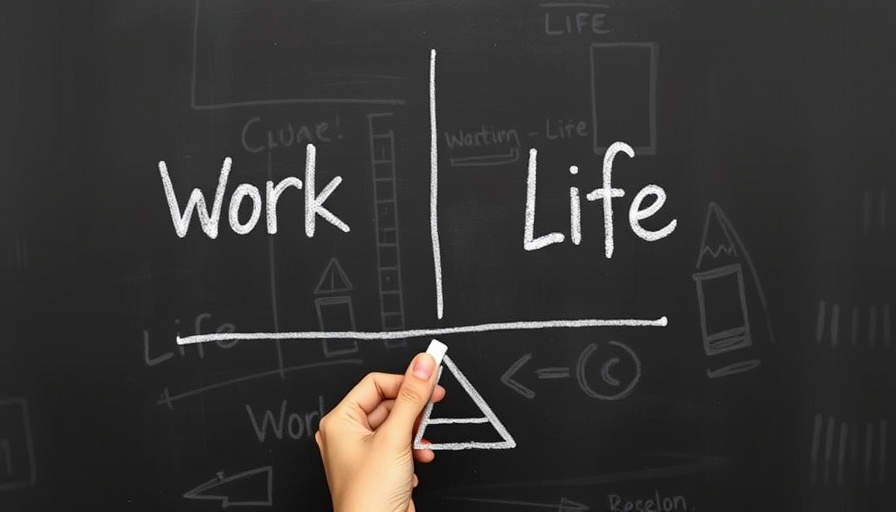
Finding Balance in the Busy World of Work
In today’s fast-paced work environment, finding a moment for oneself can feel impossible. For many, the challenge often lies in balancing professional responsibilities and personal needs. However, even short moments, like the 20-minute intervals between classes or meetings, can be leveraged to recreate a sense of balance amidst the chaos. Vicky Liu's recent reflection on her 20-minute breakthroughs at Harvard Business School (HBS) highlights this potential. This article examines her experience and offers insights into harnessing such gaps for better work-life integration.
Transformative 20 Minutes
Vicky Liu discovered that the simple act of taking a short break helped her recharge and refocus. These 20-minute intervals became vital in her busy academic schedule, a time for meditation, quick walks, or catching up with friends. Research suggests that even short bouts of physical activity can significantly boost productivity and reduce stress levels. Liu’s approach reflects a common theme in mental health discussions: the power of transitions and micro-breaks in managing stress and enhancing well-being.
Rethinking Our Schedule: The Value of Short Breaks
As people often feel pressured to maximize their time, the idea of intentionally slowing down may seem counterproductive. Studies show, however, that taking regular breaks increases overall productivity. According to a study published in the Harvard Business Review, employees who take scheduled breaks exhibit improved focus and satisfaction at work.
This is particularly relevant today, with many experiencing burnout from remote work challenges and relentless Zoom meetings. Incorporating small interludes into your day can help alleviate some of that intensity and allow for a refresh.
Enhancing Well-being Through Mindfulness
One compelling aspect of Liu’s experience is her emphasis on mindfulness during these brief pauses. Practicing mindfulness—whether through deep breathing, meditation, or merely being present in the moment—can significantly impact mental health. While it may be challenging to maintain a balance throughout a busy work week, Liu’s findings highlight how these short moments can be transformative.
Practical Tips for Incorporating Balance into Your Day
1. **Schedule Breaks**: Intentionally block out time in your calendar for breaks. Treat them like meetings.
2. **Mindful Moments**: Use brief breaks to check in with your emotions. Take a few deep breaths or do a short meditation.
3. **Physical Activity**: Combine your breaks with some movement. A quick walk outside or even stretching can revive your energy.
4. **Connect with Others**: Use breaks to reconnect with peers or friends, adding a social element that further helps with stress relief.
Embracing a Healthier Approach to Work
Finding work-life balance in small pockets of time, as Liu demonstrates, can lead to overall improved mental health and productivity. Moreover, as burnout becomes a notable challenge in modern work cultures, it’s critical to reassess how we can integrate more opportunities for balance into our daily lives.
Encouraging a Culture of Well-being
Organizations must foster environments that encourage healthy work habits, including break-taking. By allowing employees to enjoy their brief pauses, companies can cultivate a more positive and productive workplace climate. Implementing flexible schedules, promoting wellness programs, and supporting mental health initiatives can create a culture that embraces balance.
Ultimately, it’s skillfully integrating those short moments that can make a significant difference in maintaining mental health and enhancing overall productivity. Start today by observing how you use your break times; you might find they’re the key to achieving a better work-life balance!
 Add Row
Add Row  Add
Add 




Write A Comment